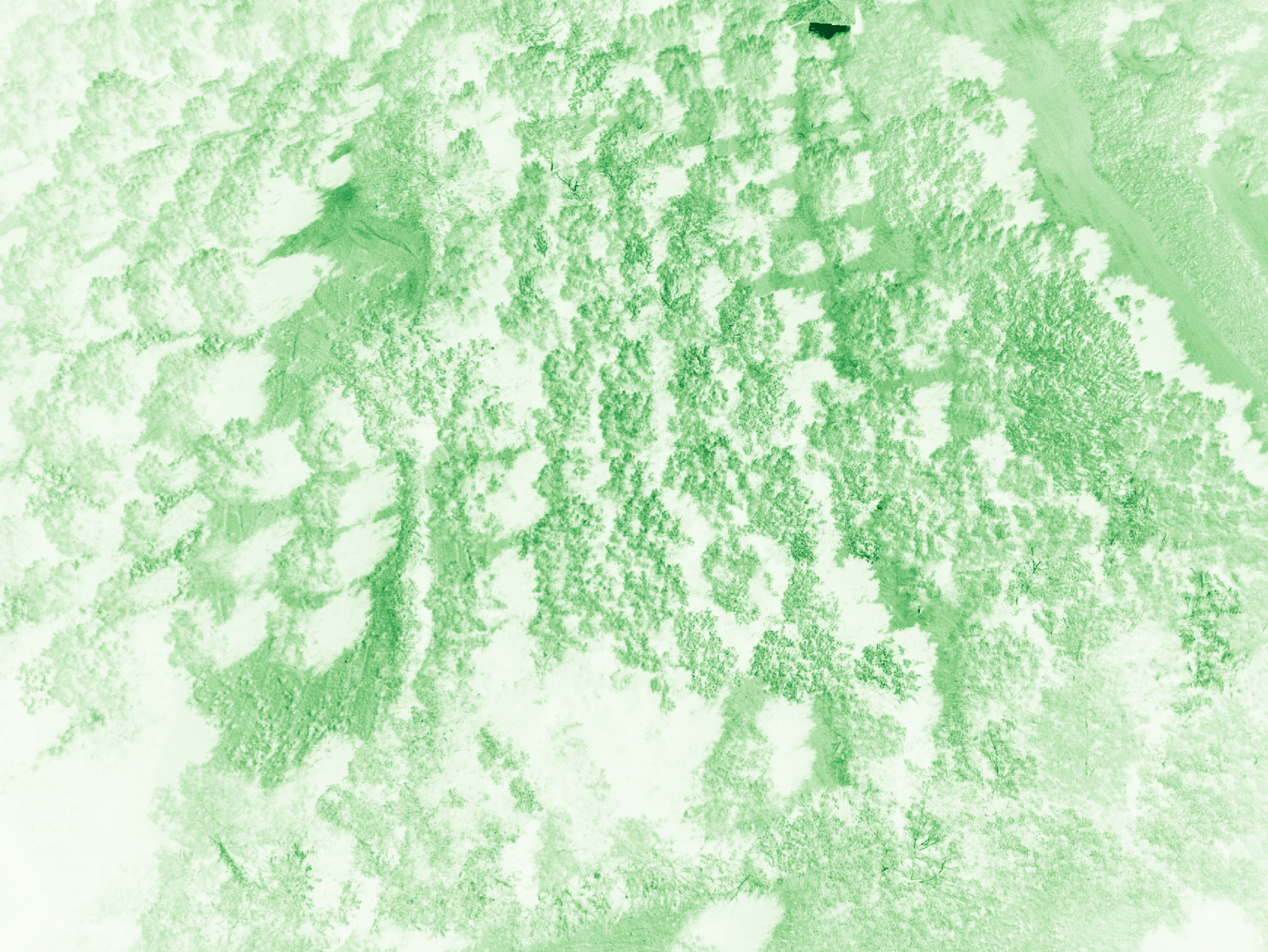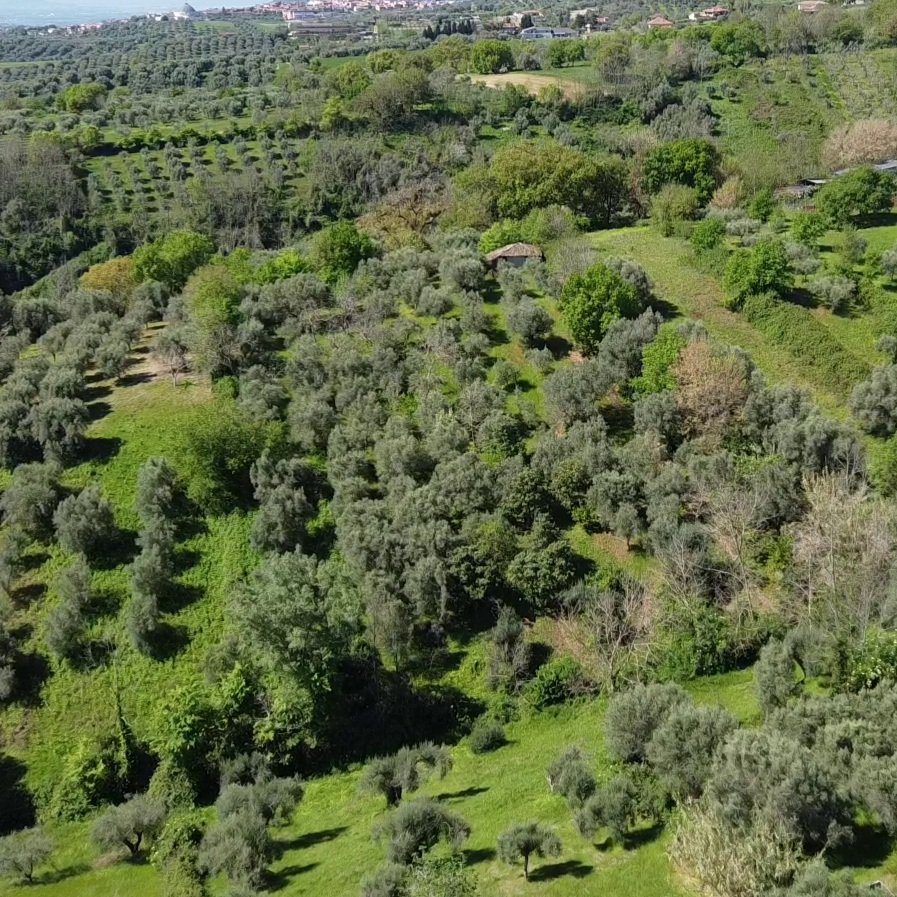A Look at Our Olive Groves
Since 2024, we have been working on two olive groves in southern Italy to demonstrate how technology can transform agricultural management. Through the use of advanced drones and multispectral analysis, we have identified issues and proposed sustainable solutions to enhance yields and preserve the environment.
Our Olive Groves: Balancing Biodiversity and Climate Challenges
Vindacitu (Mileto, Calabria, Italy)
This olive grove stands out for its extraordinary biodiversity. In addition to olive trees, it hosts fruit trees such as figs and other non-fruit species, with a small wild area that enriches the ecosystem. The terrain is highly sloped, making management challenging but offering opportunities for innovative interventions like terracing and water retention solutions.
Discover more →
Sellari (Francica, Calabria, Italy)
Located on flat terrain, this olive grove is characterized by the exclusive presence of olive trees and a complete lack of biodiversity. The only exception is an old, crumbling haystack surrounded by spontaneous vegetation. This grove is severely affected by drought, making a sustainable approach essential to preserve production and improve climate resilience.
Discover more →
Data and Common Issues in Our Olive Groves
The analysis of our two olive groves has revealed common challenges and areas for improvement:
Water stress and drought: Climate change is drastically reducing yields.
Pests (whiteflies): Infestations not always visible to the naked eye, detected through multispectral drone imaging.
Effects of plowing: The traditional practice of plowing worsens soil heating and moisture loss.
Nutrient-poor zones: Mapped for targeted and sustainable interventions.
Innovation Serving the Land
With the use of agricultural drones and multispectral cameras, we can:
Identify issues invisible to the naked eye.
Reduce fertilizer and pesticide costs.
Precisely map the land for targeted interventions.
These tools help us combine innovation with sustainable agricultural practices to shape the future of olive farming.

The image shows the olive grove as we see it with the naked eye. Healthy plants appear green because they reflect green light thanks to chlorophyll.

Green light reflection highlights the chlorophyll levels in plants. Healthy leaves reflect more green light, indicating good health and vigor.

Red light is absorbed by healthy leaves for photosynthesis. Low absorption in stressed plants indicates problems such as nutrient deficiencies or disease.

Near-infrared is strongly reflected by healthy vegetation and used to calculate health indices, identifying areas affected by drought or in poor health.

The red margin is sensitive to changes in vegetation health and reflects variations in chlorophyll content, helping to detect early stress due to drought or nutrient deficiencies.
Find out more about our olive groves
Visit the dedicated pages to explore in detail the work done in our olive groves:
Let's grow a better future together
Want to find out how technology can revolutionize your olive grove? Contact us today for more information and to join this sustainable agricultural revolution.










